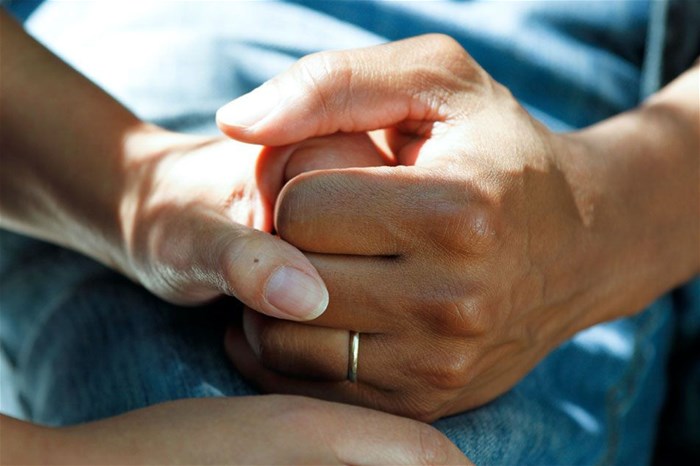
Related






Think pink, check yourself: Gen Z needs to take the baton in breast cancer awareness
Jessica Gbedemah 13 Oct 2025
Top stories






More news






HR & Management
Kickstart your career: 7 steps to get job-ready in 2026







It is predicted that the prevalence of cancer in South Africa will increase in the coming decades. New cancer cases are expected to rise to 138,000 and 175,000 in 2030 and 2040, respectively. Furthermore, cancer-related mortality is predicted to rise to 73,000 and 94,000 during the same period. The same research ranks the five most common cancers in order of incidence. These are breast, prostate, cervical, lung (also the leading cause of cancer-related death), and colorectal cancer. With breast cancer being the most commonly occurring, we must raise more awareness on early detection and treatment.
The number of breast cancer cases in South African women is increasing, yet many are unaware of its symptoms. Although common in women, the Cancer Association of South Africa (CANSA) reveals breast cancer affects men, too, especially after age 60. Unfortunately, many patients have no symptoms, so regular breast cancer screening is essential. The most common symptom is a new lump or mass that can be felt in the breast, but a healthcare provider must check for any breast change.

Different tests can be done to check and diagnose breast cancer. If your doctor finds an area of concern on initial screening or if you have symptoms that point to possible breast cancer, you will need more tests to determine the confirmed diagnosis. Initial screening tests include mammograms, breast ultrasounds, breast MRIs, and other newer and experimental breast imaging tests. As a last resort, a breast biopsy is done when initial screening shows a breast change that may be cancer. A biopsy is the only way to know if it is cancer.
Research suggests that smoking, exposure to chemical carcinogens, and hormonal changes may increase breast cancer risk. According to the Centers for Disease Control and Prevention (CDC), one must be aware of some risk factors.
Anyone can fall victim to breast cancer, but being aware of its symptoms, conducting regular self-examination at home, and going for regular screenings can help detect and get early treatment. Stay vigilant and look out for any signs and symptoms of breast cancer, such as a painless lump under the nipple or areola, an inverted nipple (turned inward), swelling of the breast tissue, a rash around the nipple, discharge or bleeding from the nipple, or swelling or lump in the armpit.
Risk factors you cannot change
Risk factors you can change
Medshield supports member screening, diagnosis and treatment
Medshield offers its members generous oncology cover and includes breast reconstruction following a mastectomy. Members can rest assured that with Medshield, they are covered for screening, diagnosis, and treatment. Medshield is your partner for life, and we want all our members to live long and healthy lives. We encourage you to be aware and proactive, and together we can decrease the incidence of breast cancer.